1. Lead
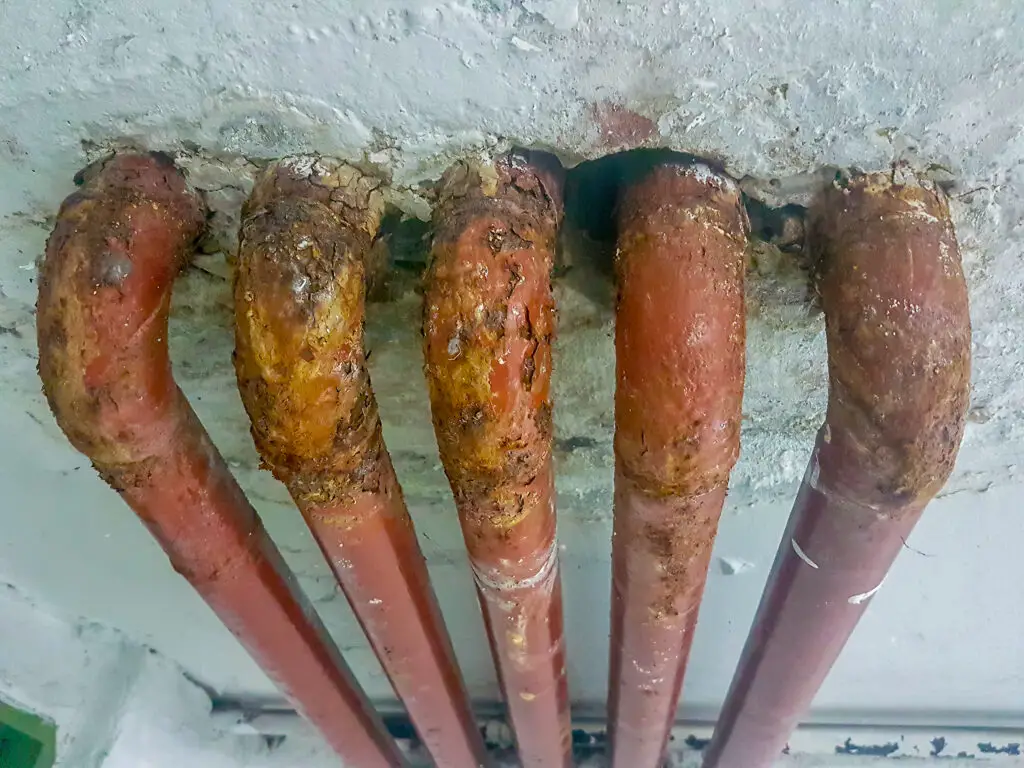
If your home was built before 1986, there’s a good chance your plumbing could be leaching lead into your drinking water. Lead pipes and solder were widely used in plumbing for decades, and while regulations have improved, millions of homes still have outdated infrastructure. The problem? Lead exposure is linked to serious health issues, especially in children, where it can cause developmental delays, learning disabilities, and even lower IQ levels. In adults, prolonged exposure increases the risk of high blood pressure, kidney problems, and reproductive issues. Unfortunately, lead is odorless and tasteless, so you won’t even know it’s there unless you test your water—meaning ignorance isn’t bliss, it’s just dangerous.
What makes lead contamination particularly scary is that once it enters the body, it doesn’t just disappear—it accumulates in bones and tissues over time. The EPA has set the legal limit for lead in drinking water at zero because no amount is considered safe, yet older pipes continue to put people at risk. Even boiling water won’t help, as lead doesn’t evaporate like bacteria or chlorine. Many cities have launched lead pipe replacement programs, but progress has been slow, leaving millions vulnerable. The best way to protect yourself? Get your water tested and consider a high-quality filter specifically designed to remove lead.
2. Chlorine & Chloramine
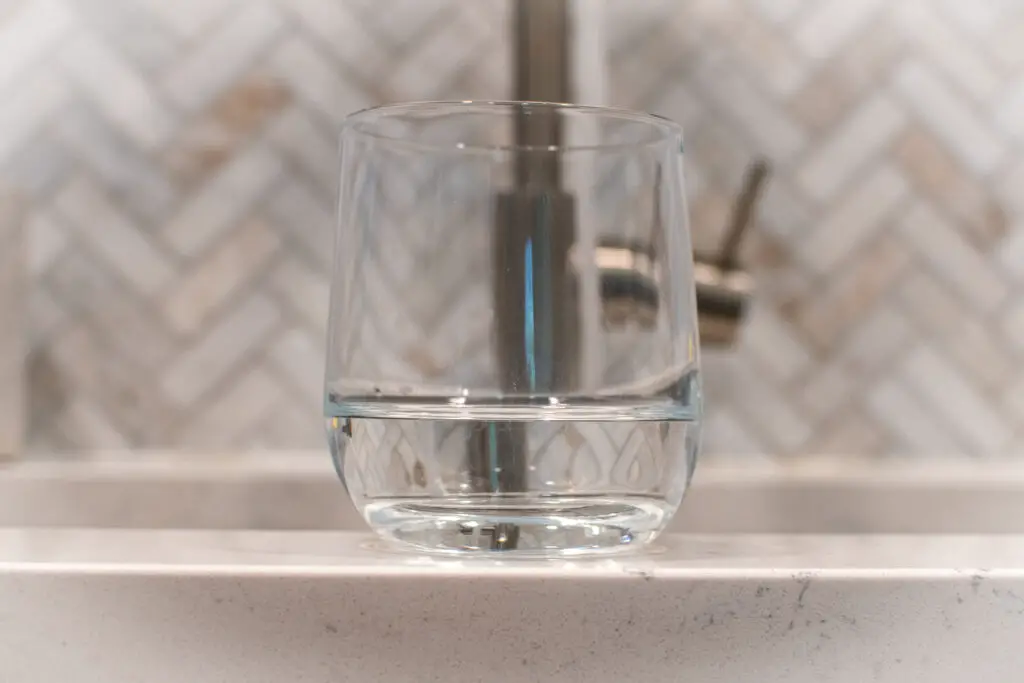
Chlorine and chloramine are added to municipal water supplies to kill bacteria and other harmful pathogens, which is great—except for the fact that they don’t always disappear once the job is done. These disinfectants react with organic material in water, creating toxic byproducts called trihalomethanes (THMs), which have been linked to liver problems and an increased risk of cancer. Chlorine, in particular, gives tap water that unmistakable “public swimming pool” taste and smell, while chloramine—chlorine’s longer-lasting cousin—is even harder to remove. While both chemicals are effective at keeping waterborne diseases at bay, they may also be quietly harming your health over time.
Beyond the potential health risks, these chemicals can also wreak havoc on your body in more subtle ways. Chlorine strips away beneficial bacteria in your gut, which can negatively impact digestion and immune function. It’s also a notorious skin irritant, which is why many people experience dryness or irritation after showering in chlorinated water. If you’ve ever noticed your hair feeling brittle after washing it, chlorine could be the culprit. While most water treatment plants try to keep chlorine levels within “safe” limits, long-term exposure still raises concerns. A high-quality water filter or a simple activated carbon filter can significantly reduce chlorine levels, making your water taste better—and potentially keeping your gut happier, too.
3. Pesticides & Herbicides
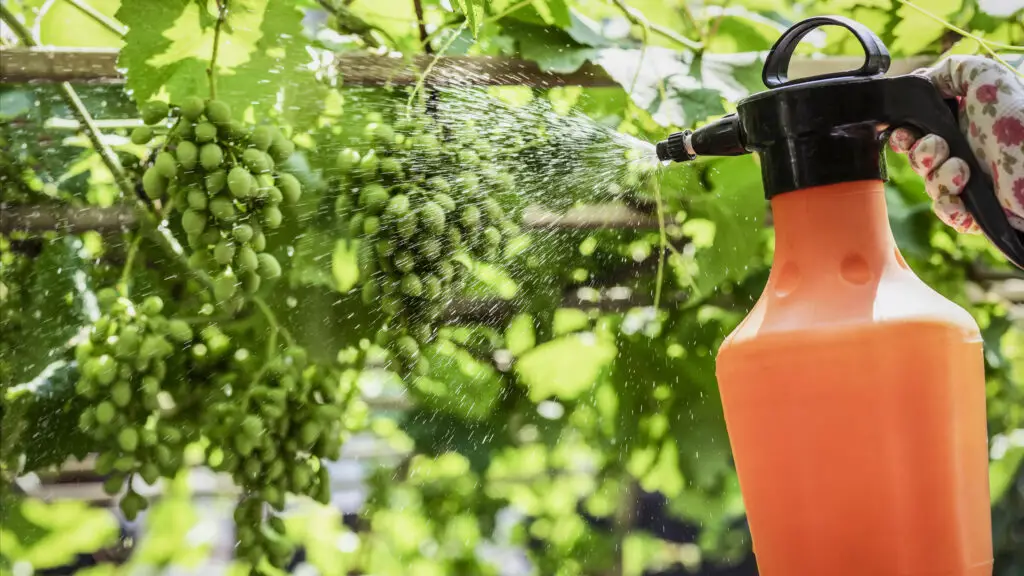
That pristine glass of tap water may contain traces of the same chemicals used to kill weeds in your yard. Pesticides and herbicides from farms, golf courses, and residential landscaping often seep into groundwater and rivers, eventually making their way into municipal water supplies. Atrazine, one of the most commonly detected herbicides in U.S. drinking water, has been linked to hormone disruption and reproductive issues in both humans and wildlife. Even worse, many of these chemicals aren’t effectively removed by standard water treatment processes, meaning small amounts can legally slip into your drinking water. You might not be able to see or taste them, but your body definitely won’t appreciate their presence.
The long-term health effects of consuming low doses of pesticides and herbicides are still being studied, but early research suggests they could contribute to everything from developmental disorders to certain cancers. Some studies have linked long-term exposure to increased risks of thyroid disease and neurological problems. These chemicals have also been found in bottled water, meaning switching to plastic isn’t necessarily the solution. The best way to limit exposure? Investing in a water filter that specifically targets chemical contaminants and being mindful of agricultural runoff in your area. Because let’s be honest—nobody wants a side of weed killer with their morning coffee.
4. Pharmaceuticals
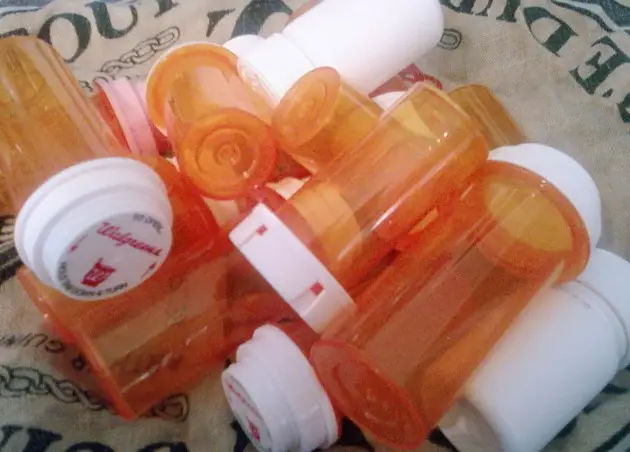
Ever flushed old medication down the toilet? Turns out, you’re not the only one—traces of pharmaceuticals like antibiotics, antidepressants, and even birth control hormones have been found in drinking water supplies. Wastewater treatment plants aren’t designed to fully remove these drugs, meaning tiny doses can remain in the water you drink every day. Studies have detected everything from cholesterol medication to painkillers in tap water, raising concerns about the long-term impact of low-dose pharmaceutical exposure. While the amounts are small, scientists worry they could disrupt hormones, weaken immune systems, and contribute to antibiotic resistance. In other words, your tap water might be serving you a cocktail of meds you never asked for.
The real kicker? These drugs don’t just affect humans—they’re impacting wildlife, too. Fish exposed to estrogen-like compounds from birth control pills have shown signs of feminization, with male fish developing eggs and struggling to reproduce. This imbalance in aquatic ecosystems could have ripple effects on the entire food chain. So far, there’s no federal regulation on pharmaceuticals in drinking water, meaning it’s up to individuals to filter them out. If the thought of drinking recycled medication makes you queasy, a reverse osmosis filter might be your best bet.
5. Microplastics
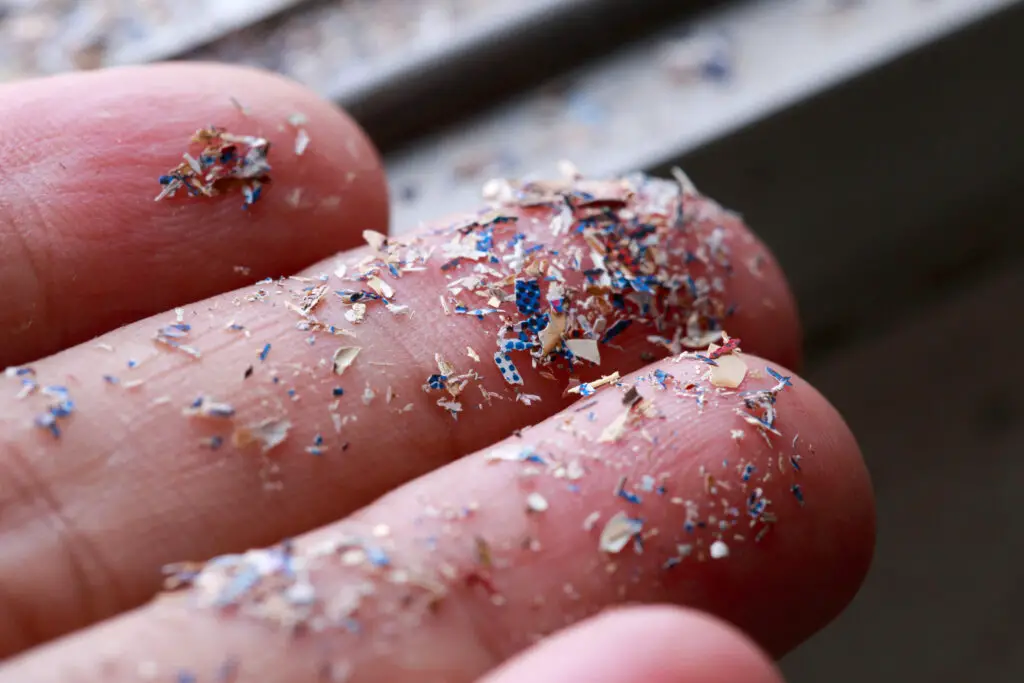
Think plastic pollution is just a problem for the ocean? Think again—microplastics have been found in tap water worldwide, meaning you could be swallowing tiny plastic particles with every sip. These microscopic fragments come from plastic pipes, bottled water, and even synthetic clothing that sheds fibers into water systems. While researchers are still studying their long-term health effects, early findings suggest that microplastics may contain harmful chemicals that disrupt hormones and accumulate in the body over time. In fact, a study found that more than 80% of global tap water samples contained some level of microplastic contamination. That’s right—your refreshing glass of water might come with an invisible dose of plastic shavings.
Even worse, microplastics aren’t just in drinking water—they’re in our food, too. Marine animals ingest them, which means they eventually end up on our plates through seafood consumption. Scientists are still working to determine exactly how much plastic humans are absorbing and what health effects it could have, but the idea of drinking plastic dust isn’t exactly reassuring. While there’s no perfect solution yet, some advanced filtration systems can reduce microplastic levels in drinking water. Until then, reducing overall plastic use is one of the best ways to keep these sneaky pollutants from multiplying in our water supply.


